Red Light Therapy for Insomnia: Does It Help?
Understanding Insomnia
Insomnia, a pervasive sleep disorder that plagues millions globally, is far more than just a mere inconvenience; it's a condition that can profoundly impact one's quality of life and overall well-being. Defined by persistent difficulties in falling asleep, staying asleep, or experiencing restorative sleep, insomnia transcends mere restlessness at night—it seeps into the very fabric of daily existence, casting shadows on productivity, mood stability, and physical health.
The spectrum of insomnia is vast and varied, encompassing acute episodes triggered by temporary stressors to chronic patterns that embed themselves deeply into one's sleep architecture. Understanding this diversity is crucial in navigating the complexities of insomnia and tailoring effective interventions. By shedding light on the distinct types of insomnia, from transient and short-term bouts to the more enduring forms that linger for months or even years, we gain insight into the nuanced ways this disorder manifests and influences individuals' lives.
Moreover, recognizing the multifaceted impact of insomnia on mental and physical health underscores the urgency of seeking viable solutions. From cognitive impairment and mood disturbances to heightened risks of cardiovascular issues and metabolic disorders, the repercussions of untreated insomnia reverberate far beyond the confines of the night. Embracing a holistic approach to addressing insomnia entails not only unraveling its layers but also exploring innovative modalities that hold promise in restoring the delicate balance of sleep and wakefulness.
Introduction to Red Light Therapy
Red light therapy, a cutting-edge modality gaining increasing recognition in the realm of holistic health and wellness, harnesses the power of specific wavelengths of light to stimulate cellular activity and promote healing from within. This non-invasive approach, also known as low-level laser therapy (LLLT) or photobiomodulation, has emerged as a versatile tool with applications spanning from skincare to pain management, and notably, to the realm of sleep disorders such as insomnia.
At the core of red light therapy lies the principle of photobiomodulation, a process in which photons of red or near-infrared light penetrate the skin and are absorbed by mitochondria, the powerhouse of our cells. This interaction triggers a cascade of biological responses, including enhanced energy production, increased circulation, and reduced inflammation, ultimately fostering cellular repair and regeneration. By harnessing the therapeutic potential of light at specific wavelengths, red light therapy offers a gentle yet potent means of addressing a myriad of health concerns, including insomnia, without the need for invasive procedures or pharmaceutical interventions.
The rising popularity of red light therapy can be attributed to its remarkable efficacy, minimal side effects, and versatile applications. As individuals increasingly seek natural and non-invasive approaches to enhance their well-being, red light therapy has emerged as a beacon of hope, offering a safe and evidence-based solution for a range of health issues, including sleep disturbances like insomnia. By delving into the fundamentals of red light therapy and understanding how it interacts with the body at a cellular level, we unveil a world of possibilities where light becomes a powerful ally in the pursuit of better sleep and overall health.
What Are the Benefits of Red Light Therapy?
The benefits of red light therapy extend far beyond skin rejuvenation and pain relief, encompassing a realm of potential advantages for individuals grappling with insomnia and disrupted sleep patterns. By tapping into the innate healing properties of light, red light therapy offers a holistic approach to addressing sleep disturbances, with a particular focus on regulating circadian rhythms and fostering a state of relaxation conducive to restful sleep.
One of the key benefits of red light therapy in the context of insomnia is its ability to influence the body's internal clock, known as the circadian rhythm. Exposure to red light at specific wavelengths has been shown to help synchronize this biological clock, which plays a pivotal role in regulating sleep-wake cycles, hormone secretion, and various physiological processes. By supporting the natural rhythm of the body through targeted light therapy sessions, individuals may experience improved sleep quality and a more consistent pattern of restorative rest.
Moreover, red light therapy's capacity to induce a state of relaxation and reduce stress levels further enhances its appeal as a complementary approach to managing insomnia. The gentle warmth of the light, coupled with its calming effects on the nervous system, can create an environment conducive to unwinding and preparing the body for sleep. By promoting a sense of calm and tranquility, red light therapy not only addresses the physical aspects of insomnia but also targets the psychological factors that can contribute to sleep disturbances.
In essence, the benefits of red light therapy for insomnia lie in its dual action of harmonizing circadian rhythms and promoting relaxation, offering a comprehensive solution for individuals seeking natural and non-invasive ways to improve their sleep quality. By incorporating red light therapy into their sleep hygiene routine, individuals may discover a gentle yet powerful ally in their quest for restful nights and rejuvenating sleep.
What About Migraines? Can Red Light Therapy Help?
While red light therapy is not a standalone solution for insomnia, its ability to support cellular function and alleviate common sleep disruptors positions it as a valuable tool in the management of sleep disorders. By incorporating red light therapy into a comprehensive approach to improving sleep quality, individuals may experience enhanced restfulness and vitality, leading to a better overall quality of life.
How To Optimize Red Light Therapy
To make the most of red light therapy for insomnia, it's essential to implement practical tips and strategies that can enhance its effectiveness. By following recommended usage guidelines, adopting best practices, and integrating this therapy seamlessly into your daily routine, you can optimize its benefits and improve your sleep quality significantly.
Consistent Usage Schedule:
Establishing a consistent schedule for red light therapy sessions is key to maximizing its impact on insomnia. Aim to incorporate this therapy into your daily routine at a set time, ideally in the evening before bedtime. Consistency in usage can help regulate your circadian rhythms and signal to your body that it's time to unwind and prepare for restful sleep.
Duration and Intensity:
Pay attention to the duration and intensity of your red light therapy sessions. While individual needs may vary, starting with shorter sessions and gradually increasing both the duration and intensity can help you gauge the optimal level for your sleep improvement goals. Consulting with a healthcare provider or a red light therapy specialist can provide valuable insights into tailoring the therapy to your specific needs.
Creating a Relaxing Environment:
Enhance the effectiveness of red light therapy by creating a calming and relaxing environment during your sessions. Dim the lights, play soothing music, or engage in mindfulness practices to amplify the therapy's benefits. By combining red light therapy with relaxation techniques, you can further reduce stress levels, promote relaxation, and prepare your body for a restorative night's sleep.
Integration into Bedtime Routine:
Integrate red light therapy seamlessly into your bedtime routine to maximize its impact on insomnia. Consider using red light therapy as part of a wind-down ritual that includes activities like reading, gentle stretching, or meditation. By incorporating this therapy into your nightly routine, you can signal to your body that it's time to transition into sleep mode, setting the stage for a peaceful and uninterrupted night of rest.
Tracking Progress and Adjusting as Needed:
Monitor your sleep patterns and overall well-being to track the effects of red light therapy on your insomnia. Keep a sleep journal to record changes in your sleep quality, duration, and any improvements in your overall health. Based on your observations, adjust your red light therapy usage as needed, experimenting with different timings or intensities to optimize its benefits for your specific sleep challenges.
Incorporating these practical tips and strategies into your red light therapy regimen can help you optimize its effectiveness in addressing insomnia. By following recommended guidelines, creating a conducive environment, and integrating this therapy into your daily routine mindfully, you can harness the full potential of red light therapy to enhance your sleep quality and promote overall well-being.
Wrapping It Up
At Bontanny Red Light, we understand that modern life often leaves us lacking in essential elements, including exposure to red and near-infrared light. While red light therapy is not a cure-all, there's promising evidence suggesting it could play a role in managing insomnia symptoms.
If you're considering adding red and near-infrared light back into your daily routine, Bontanny Red Light is an excellent choice. Our state-of-the-art technology is designed to help replenish what modern living often strips away.
We're committed to supporting your journey toward better health, offering a supportive and soothing approach to wellness.

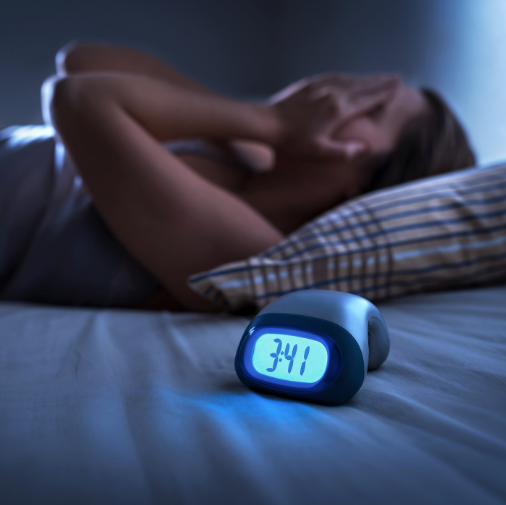




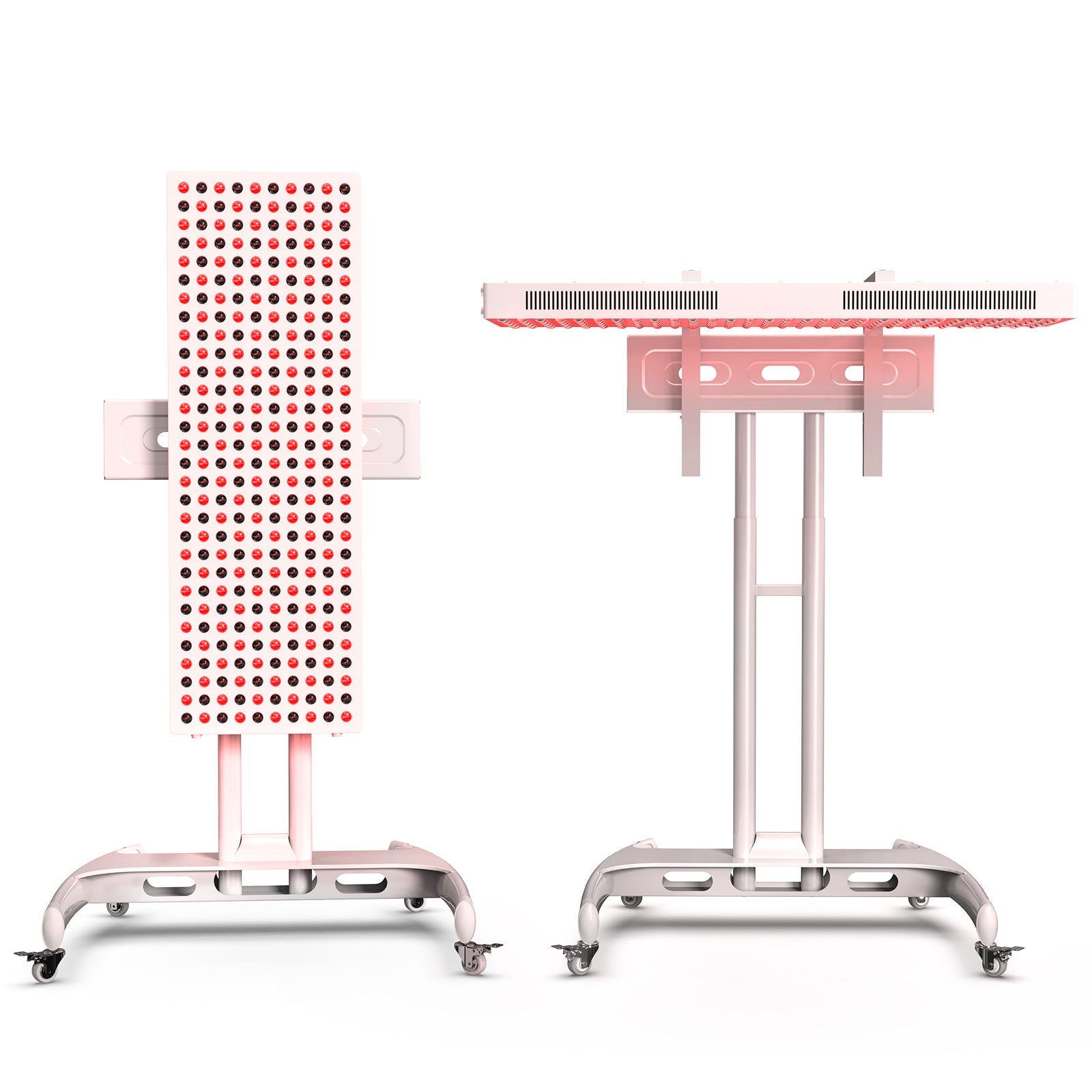
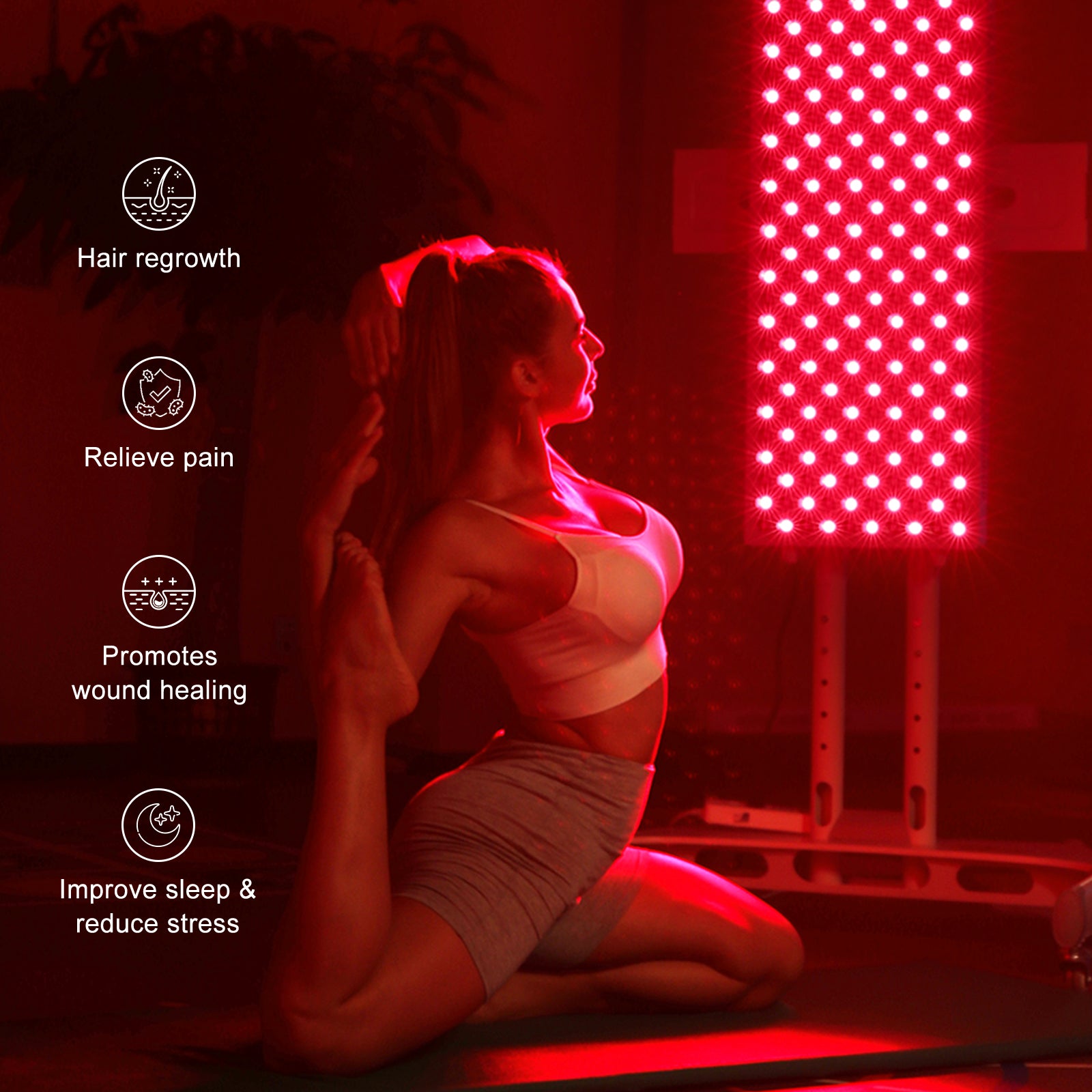
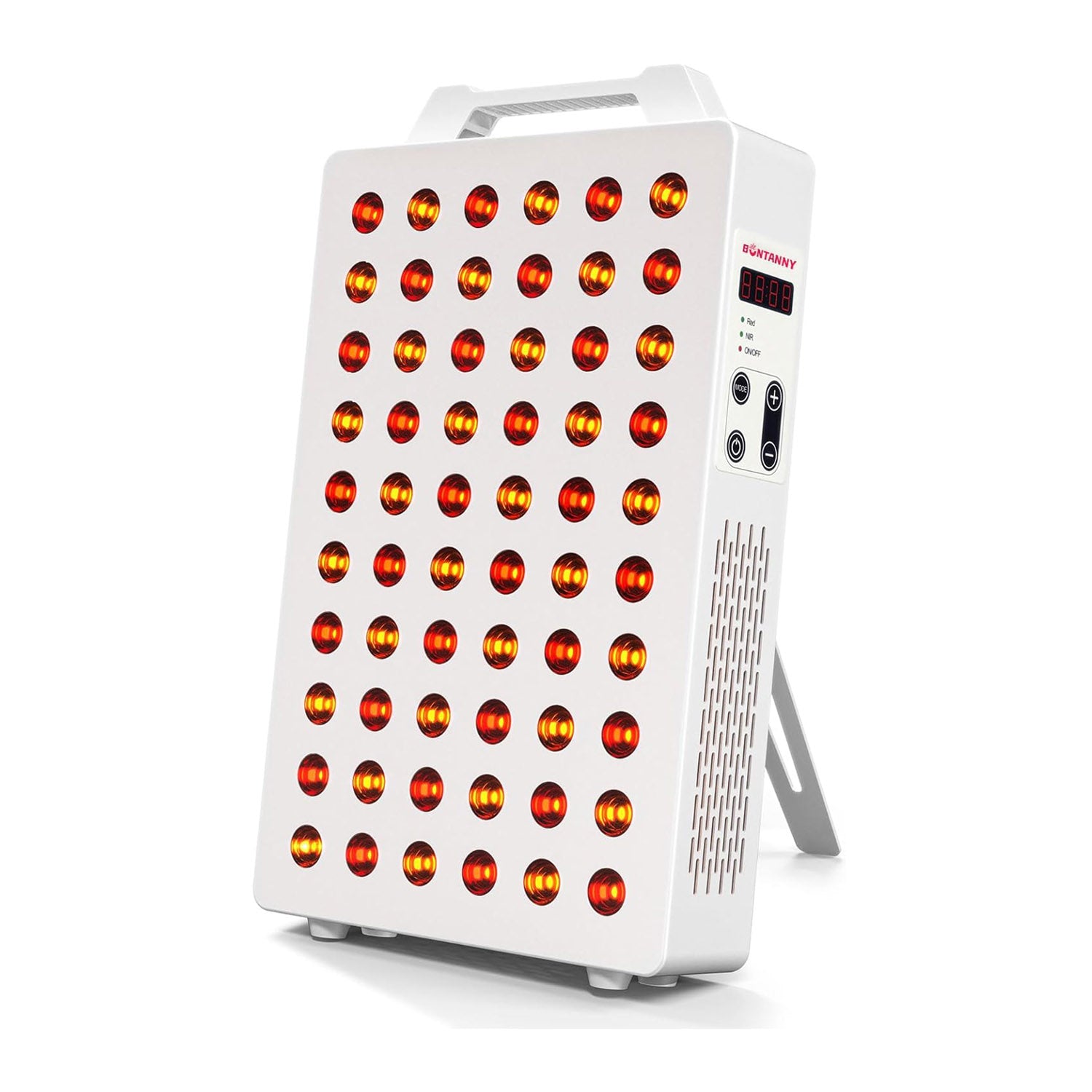


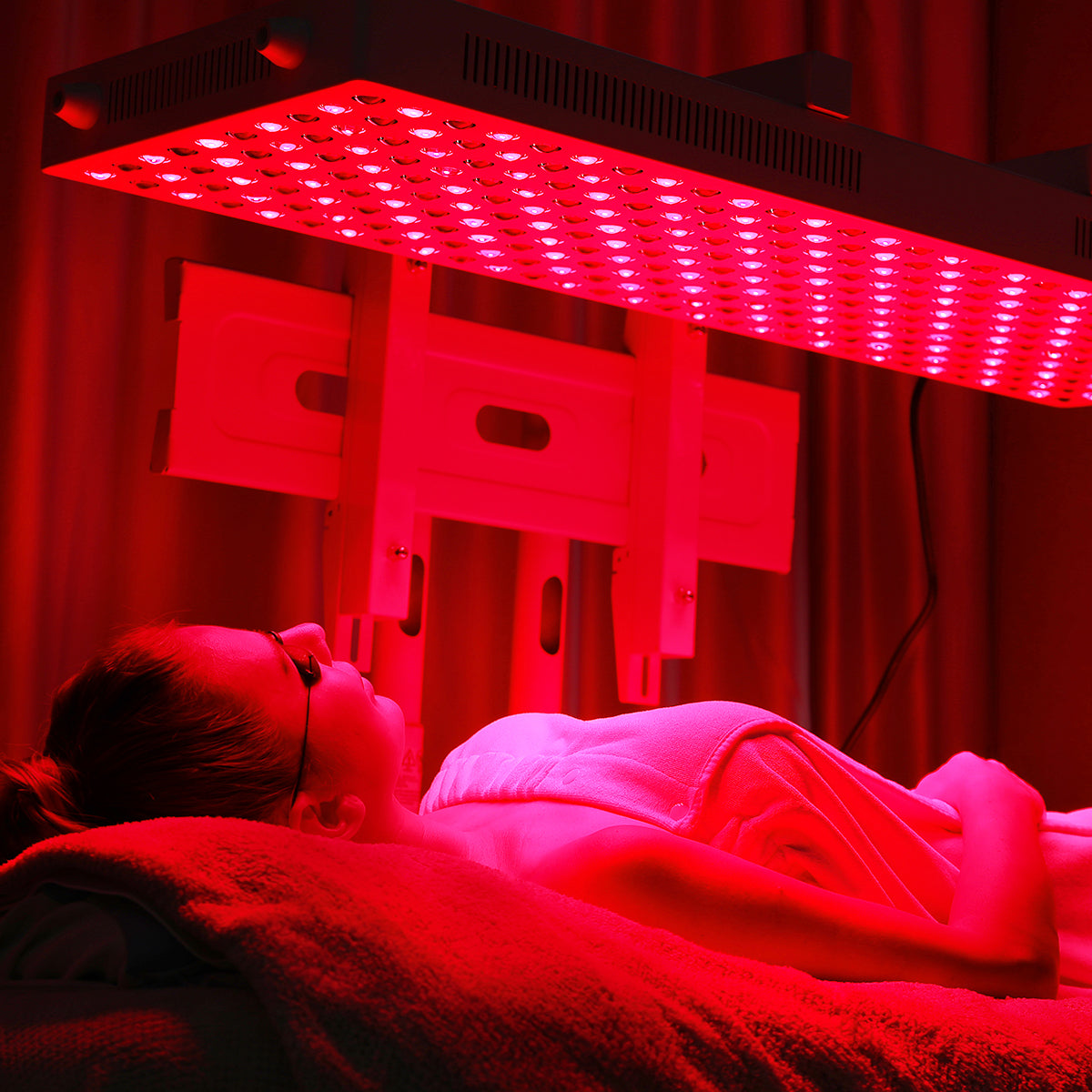
Leave a comment
This site is protected by hCaptcha and the hCaptcha Privacy Policy and Terms of Service apply.